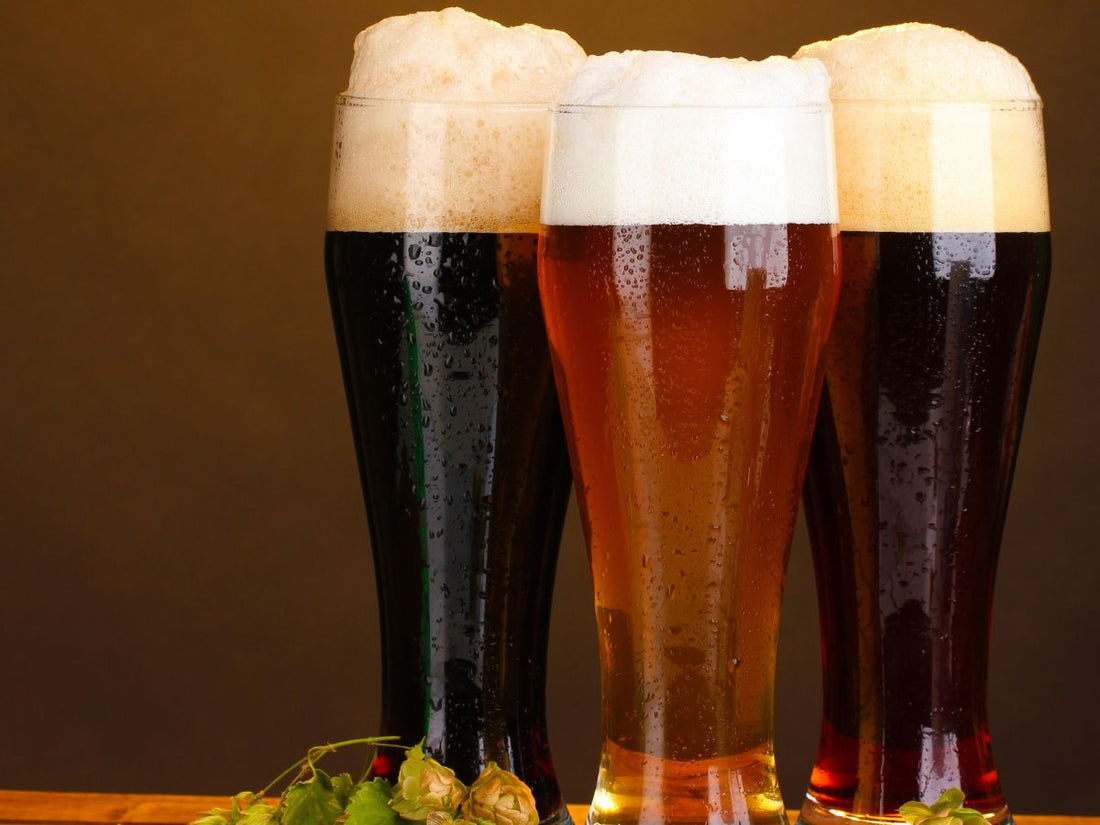Galveston Liquor: Your Guide to the Finest Spirits and More
Galveston Liquor: Your Guide to the Finest Spirits and More
Blog Article
The Ultimate Distillery Experience: From Grain to Glass, Every Little Thing You Need to Know
Getting started on a trip with the details of the distillery procedure unveils a world where science meets creativity in the production of spirits. From the cautious selection of grains to the meticulous crafting of each bottle, every action in the assembly line plays a critical function fit the last product that enhances our glasses. As we dig into the nuances of taste, purification, and aging profiles, a much deeper appreciation for the craftsmanship and dedication behind each sip arises. Join us as we unravel the layers of proficiency and enthusiasm that culminate in the utmost distillery experience.
The Art of Grain Selection
Choosing the perfect grains is a crucial step in the distillation procedure, identifying the flavor account and top quality of the end product. The type of grain chosen substantially influences the personality of the spirit being created - Distillery in Galveston. Typical grains made use of in purification consist of barley, rye, wheat, and corn, each imparting distinctive flavors and qualities to the final product

Beyond flavor considerations, the quality and pureness of the grains are vital. Distillers diligently source grains to ensure they are devoid of impurities and have the required starch material for fermentation. By grasping the art of grain selection, distillers lay the structure for creating phenomenal spirits that captivate the palate.
Purification Refine Demystified
Having actually developed the structure with thorough grain choice, the purification process emerges as the transformative phase where the essence of the chosen grains is unlocked and improved right into a spirited type. The process does not end there; several distillation runs or extra actions such as aging in barrels might additionally refine the spirit, improving its flavor, complexity, and character. Understanding the details of the purification process is important for generating top notch spirits that captivate lovers and fanatics alike.
Barrel Aging and Taste Growth
During the barrel aging procedure, spirits undergo a transformative trip as they engage with the timber, soaking up nuanced flavors and developing an abundant complexity. The type of wood used, typically oak, significantly affects the final preference of the spirit. Oak barrels are favored for their special homes that boost the taste profile. As spirits age in the barrels, they extract substances such as vanillin, lignin, and tannins from the wood, contributing to the growth of aromas like vanilla, caramel, spice, and even hints of toasted oak.
Moreover, the aging procedure allows for oxidation to take place, resulting in further chemical responses that smooth the spirit and complete any kind of harsh edges. The porous nature of timber additionally makes it possible for the spirit to take a breath, assisting in the assimilation of flavors with time. Depending upon the period of aging and environmental conditions like temperature and moisture, spirits can get different features, from subtle wood notes to deep, complex flavors that make each batch one-of-a-kind. Ultimately, barrel aging plays a crucial duty fit the distinctive taste profile of each spirit, supplying a sensorial journey for aficionados to find this enjoy.
Workmanship in Bottling and Identifying
As spirits reach their optimal flavor accounts through barrel aging, the precise craftsmanship in bottling and identifying ends up being the following important action in providing a costs item to customers. The process of classifying and bottling is a vital aspect of the overall distillery experience, as it is the final touchpoint before the item gets to the hands of consumers (Seawall Bar). Workmanship in bottling entails making sure that each bottle is filled up exactly with the spirit, thinking about variables such as consistency in fill degrees and the avoidance of any kind of contaminations entering the bottle

Tasting and Valuing Great Spirits
To completely value fine spirits, one must engage all the senses in a calculated and conscious sampling experience. When tasting penalty spirits, it is necessary to start by observing the spirit's appearance. Note the color, clarity, and thickness of the liquid in the glass. Swirl the spirit gently to release its scent. The nose is a vital sense in sampling spirits; take a moment to inhale the complicated fragrances deeply. Next, take a little sip and allow it remain on your taste. Take notice of the various tastes that unravel - from fruity and sweet notes to spicy or smoky undertones. Take into consideration the mouthfeel, noting if the spirit is smooth, silky, or fiery. Swish the spirit in your mouth to totally experience its appearance and preference. Ingest gradually and value the remaining finish. Great spirits often leave a pleasant aftertaste that can disclose much more about the workmanship and top quality of the drink. By involving all your detects in this article source manner, you can absolutely savor and appreciate the intricacies of fine spirits.
Conclusion
Finally, the distillery experience encompasses the intricate art of grain choice, the precise purification process, the transformative barrel aging, the precise workmanship in labeling and bottling, and the sophisticated technique of tasting and appreciating great spirits. Each action in the production process plays a vital role in developing top notch spirits that astound the senses and pleasure connoisseurs worldwide.
The type of grain picked significantly influences the personality of the spirit being created. By grasping the art of grain selection, distillers lay the structure for developing exceptional spirits that astound the taste.

Report this page